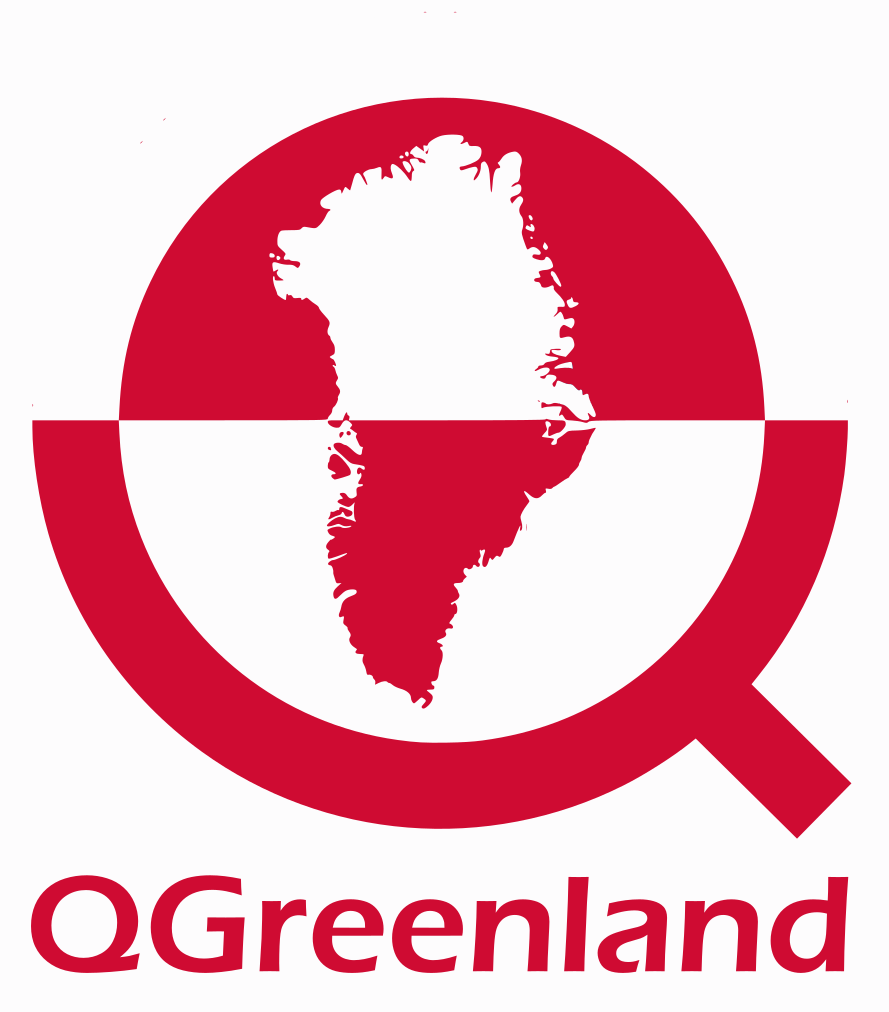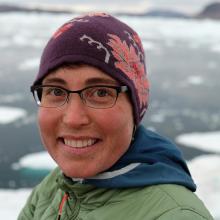About the Project

The QGreenland project, funded by the National Science Foundation, is a mapping tool hosted by the National Snow and Ice Data Center (NSIDC) at the University of Colorado Boulder’s Cooperative Institute for Research in Environmental Sciences (CIRES). The free tool supports interdisciplinary Greenland-focused research, teaching, collaboration, and decision making by combining key datasets into an all-in-one GIS platform for data analysis and visualization.
QGreenland was developed using open-source tools, with its code and workflows transparently documented in their GitHub repository for easy reuse. Each dataset in the QGreenland package is accompanied by detailed metadata and clear attribution to the original data source to ensure the data closely follows the FAIR (Findable, Accessible, Interoperable, Reusable) principles. For more information on the FAIR principles, check out the Arctic Data Center training curriculum here.
The Project Team
The Editorial Board
- Fredrick Haas, Asiaq Greenland Survey
- Rene Forsberg, Technical University of Denmark
- Gregor Luetzenburg, Geologic Survey of Denmark and Greenland
- Ruth Mottram, Danish Meteorological Institute
- Vinton Valentine, University of Southern Maine
- Karl Zinglersen, Greenland Institute for Natural Resources
The Development Team
- Robyn Marowitz, NSIDC, CIRES, University of Colorado Boulder
- Twila Moon, NSIDC, CIRES, University of Colorado Boulder
- Trey Stafford, NSIDC, CIRES, University of Colorado Boulder
- Alyse Thurber, CIRES, University of Colorado Boulder
- Alyona Kosobokova, NCEAS, University of California, Santa Barbara
- Rushiraj Nenuji, NCEAS, University of California, Santa Barbara
- Matt Jones, NCEAS, University of California, Santa Barbara
Getting Started with QGreenland
The QGreenland team provides simple, detailed instructions on using the platform. In a nutshell, users will need to:
- Download and install QGIS
- Download the QGreenland Core package
- Open the qgreenland.qgz file
- Start exploring!
Education

Creating openly accessible educational materials for Greenland science and beyond has been central to QGreenland’s mission. Their focus on education has helped inform educators, researchers, and developers on QGreenland’s GIS tools and bring them into classrooms. As Moon explains, “We want folks who have never before used GIS software to use QGreenland as a first step into that world. Also, with everything free, these resources can be used by anyone, anywhere, making data and exploration more accessible.”
The team has hosted three workshops targeted towards different user groups, from educators to researchers. To expand their reach beyond these attended workshops, the team launched the QGreenland Beginner’s Tutorial Series which is a collection of short videos designed to help new users navigate the platform and its various tools. Most recently, Alyse Thuber led their educator workshop from August 5-7, 2025. Materials from that workshop will expand on other currently available teaching resources by the QGreenland team. More information about their past workshops can be found here:
- QGreenland Researcher Workshop 2023
- QGreenland Educator Workshop 2023
- Insights from QGreenland Workshops
All Hands On Deck
Its sister project, QGreenland-Net, is also funded by the National Science Foundation. This project is an extension of the QGreenland project as a collaboration among NSIDC, the Arctic Data Center, and CIRES to address the data challenges about standardization, reusability, and machine readability using a geospatial data service known as the Open Geospatial Data Cloud (OGDC). The QGreenland-Net project has made it easier for datasets in QGIS to be transformed with the OGDC workflow and makes the interdisciplinary Greenland datasets more usable. This data package follows the CARE (Collective Benefit, Authority to Control, Responsibility, Ethics), and TRUST (Transparency, Responsibility, User Focus, Sustainability, Technology) principles in addition to FAIR for commitment to ethical, transparent, and responsible data stewardship.
At the heart of the QGreenland-Net project is true collaboration. The cross-communication and teamwork shared across the CU Boulder QGreenland team, the Arctic Data Center, and DataONE has helped amplify the broader impacts of the QGreenland project. As Twila Moon mentions, “Being able to collaborate across [teams has made] it easier for our work on findable and accessible data to be used and duplicated by others.” These partnerships have been key for the development and adaptation of the QGIS data package into a data portal where users can further explore geospatial datasets.
The Arctic Data Center is home to the QGreenland Portal with a collection of over 1,200 federated Greenland-focused datasets from the DataONE network. The portal is designed to help researchers and educators identify additional data that may be used in their own package of QGreenland or develop data to contribute directly to the QGreenland project. The portal Imagery Viewer allows users to zoom to geospatial areas that contain data of a specific interest that have been transformed with the OGDC data package. This geospatial data has various layers such as infrastructure, birds, and geology/hydrology that make it easier for users to casually glance at the data directly online.

Map view of a section of the infrastructure feature in the QGreenland data portal.
Contributors can learn more about making their QGreenland data compatible and how to contribute directly to the project GitHub here.
The Impact of QGreenland
The QGreenland project has significantly improved access to geospatial data about Greenland by integrating diverse datasets into a single, open-source GIS platform. It supports a wide range of users—from researchers and educators to community members—by making complex data easier to explore, analyze, and apply to local and global challenges. The tool is particularly valuable for studying climate impacts, supporting fieldwork planning, and enhancing classroom learning through guided activities. Ongoing development aims to expand its capabilities, including a cloud-based platform and broader applications beyond Greenland.
For updates on the QGreenland project, sign up for the newsletter here:
